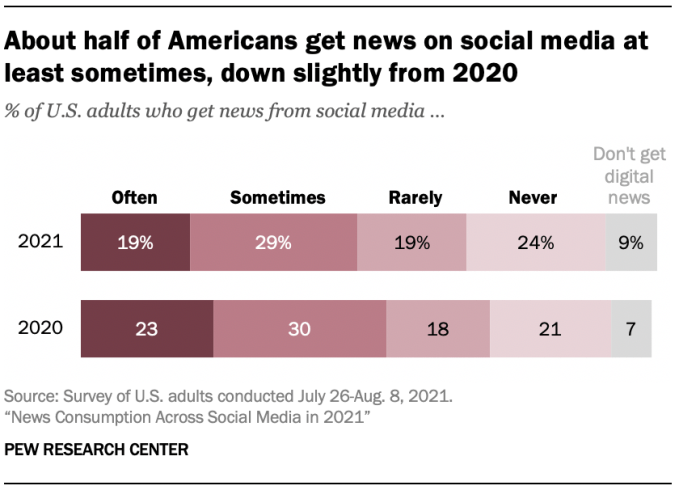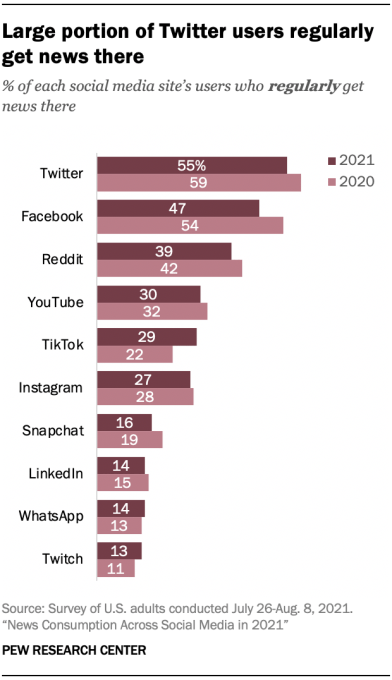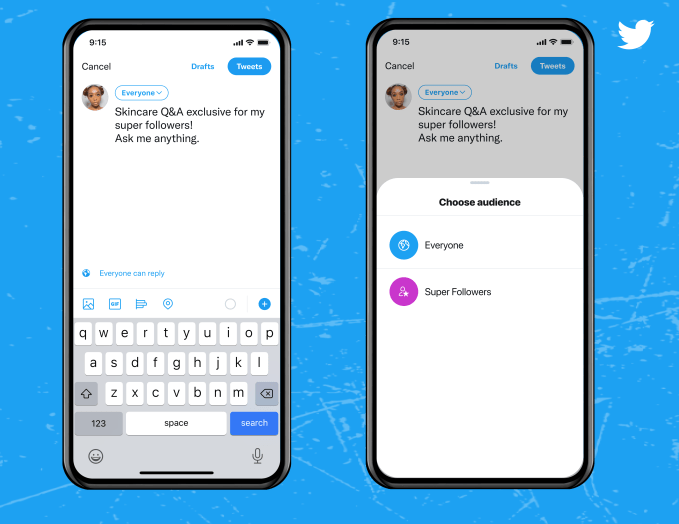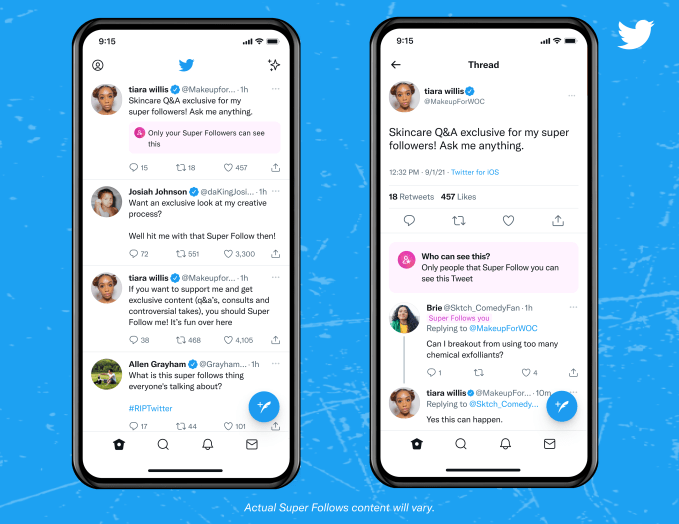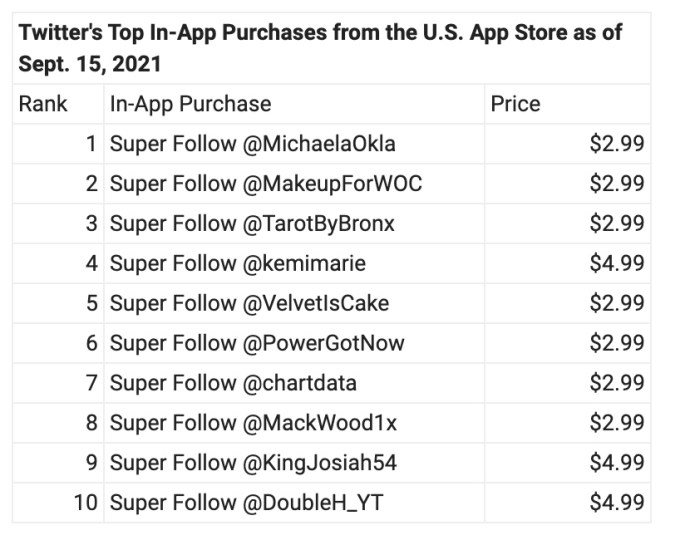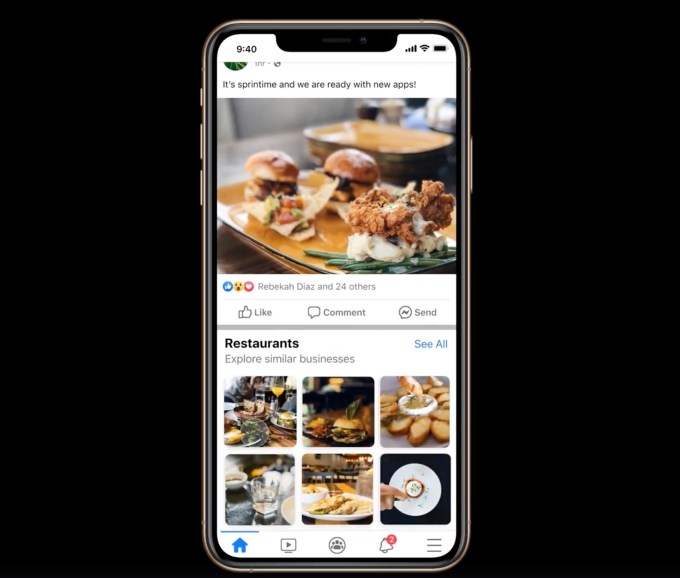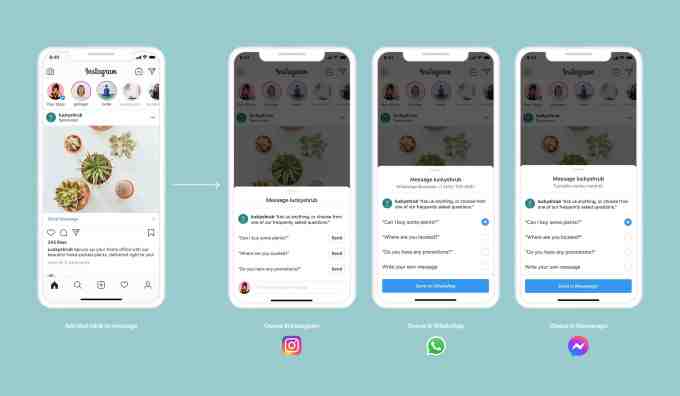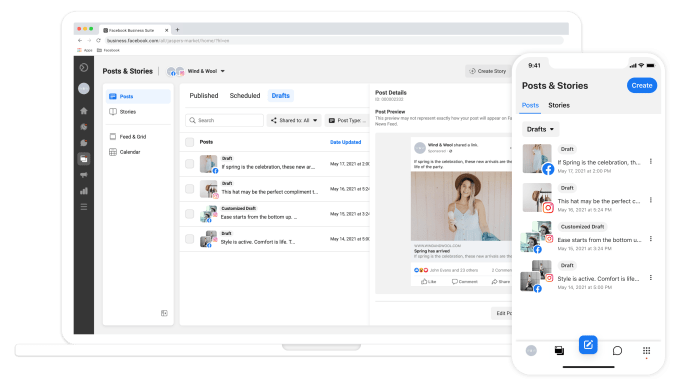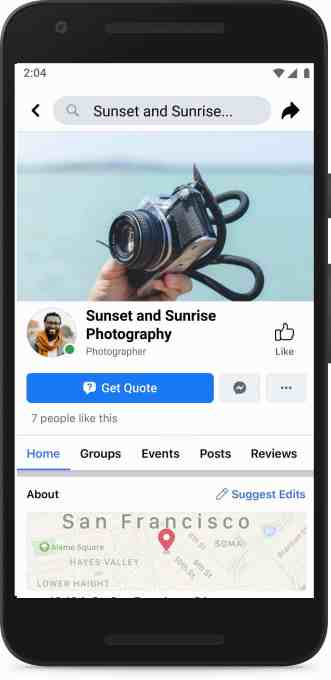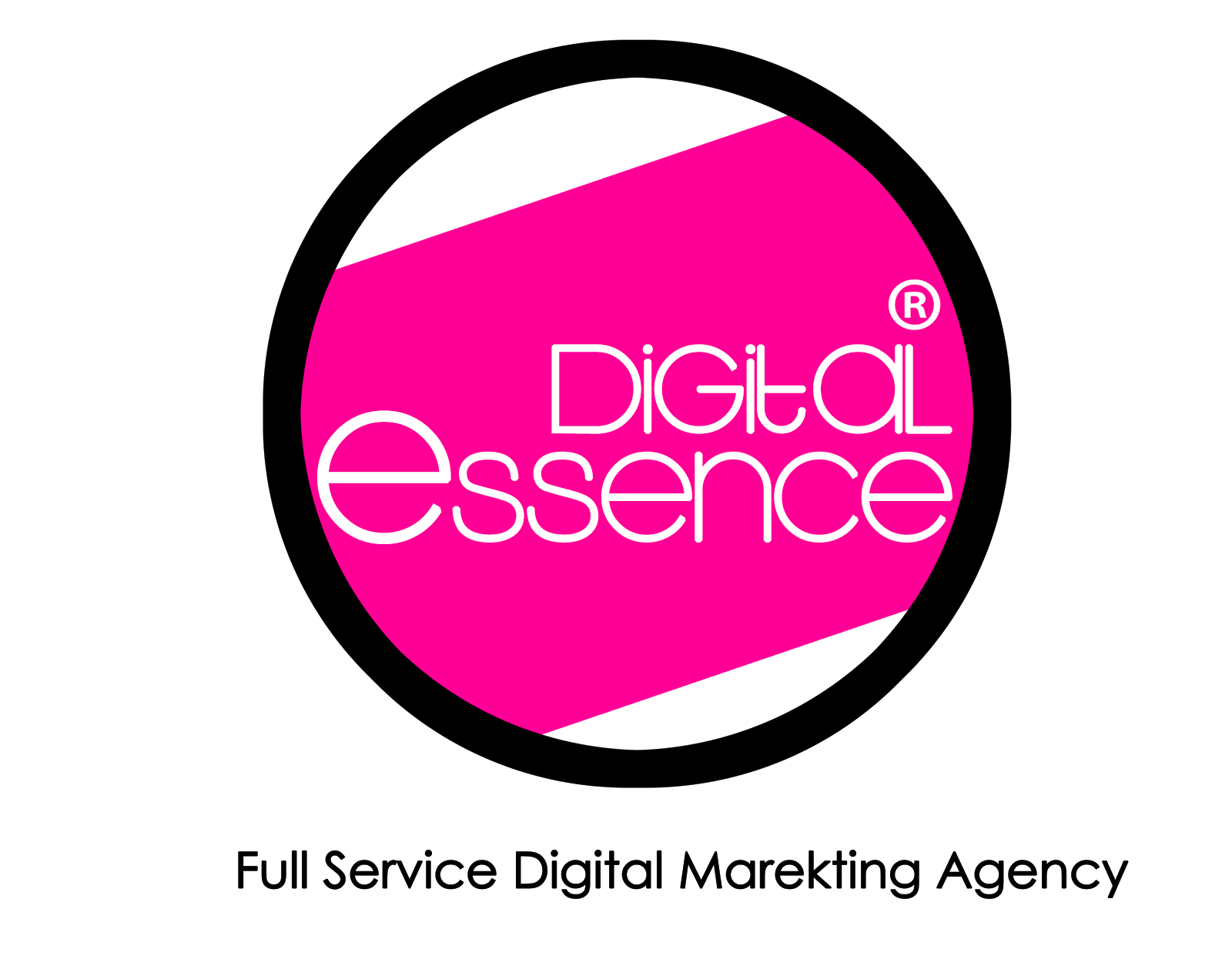Eric Schwartzman Contributor
A U.S. federal judge last week struck down Apple rules restricting app developers from selling directly to customers outside the App Store.
Apple’s stock fell 3% on the news, which is being regarded as a win for small and midsize app developers because they’ll be able to build direct billing relationships with their customers. But Apple is just one of many Big Tech companies that dominate their sector.
The larger issue is how this development will impact Amazon, Facebook, Grubhub and other tech giants with online marketplaces that use draconian terms of service to keep their resellers subservient. The skirmish between Apple and small and midsize app developers is just a smaller battle in a much larger war.
App makers pay up to 30% on every sale they make on the Apple App Store. Resellers on Amazon pay a monthly subscription fee, a sales commission of 8% to 15%, fulfillment fees and other miscellaneous charges. Grubhub charges restaurants 15% of every order, a credit card processing fee, an order processing fee and a 10% delivery commission.
Like app developers, online resellers and social media influencers are all falling for the same big lie: that they can build a sustainable business with healthy margins on someone else’s platform. The reality is the App Store, online marketplaces and even social networks that dominate their sectors have the unilateral power to selectively deplatform and squeeze their users, and there’s not much anyone can do about it.
Healthy competition exists inside the App Store and among marketplace resellers and aspiring social media influencers. But no one seems to be talking about the real elephants in the room, which are the social networks and online marketplace providers themselves. In some respects, they’ve become almost like digital dictators with complete control over their territories.
It’s something every small and midsize business that gets excited about some new online service catering to their industry should be aware of because it directly impacts their ability to grow a stable business. The federal judge’s decision suggests the real goal in digital business is a direct billing relationship with the end user.
On the internet, those who are able to lead a horse to water and make them drink — outside the walled gardens of digital marketplace operators like Uber, Airbnb and Udemy — are the true contenders. In content and e-commerce, this is what most small and midsize companies don’t realize. Your own website or owned media, at a top-level domain that you control, is the only unfettered way to sell direct to end users.
Mobile app makers on Apple’s App Store, resellers on Amazon and aspiring content creators on Instagram, YouTube and TikTok are all subject to the absolute control of digital titans who are free to govern by their own rules with unchecked power.
For access to online marketplaces and social networks, we got a raw deal. We’re basically plowing their fields like digital sharecroppers. Resellers on Amazon are forced to split their harvest with a landlord who takes a gross percentage with no caps. Amassing followers on TikTok is building an audience that’s locked inside their venue.
These tech giants — all former startups that built their audiences from scratch — are free to impose and selectively enforce oppressive rules. If you’re a small fry, they can prohibit you from asking for your customer’s email address and deplatform you for skimming, but look the other way when Spotify and The New York Times do the same thing. Both were already selling direct and through the App Store prior to Friday’s ruling.
How is that competitive? Even after the ruling, Big Tech still gets to decide who they let violate their terms of service and who they deplatform. It’s not just their audience. It’s their universe, their governance, their rules and their enforcement.
In the 1948 court case United States v. Paramount Pictures, the Supreme Court ruled that film studios couldn’t own their own theaters because that meant they could exclusively control what movies were screened. They stifled competition by controlling what films made it to the marquee, so SCOTUS broke them up.
Today, social networks control what gets seen on their platforms, and with the push of a button, they can give the hook to whoever they want, whenever they want. The big challenge that the internet poses to capitalism is that the network effect is fundamentally anti-competitive. Winner-take-all markets dominated by tech giants look more like government-controlled than free-market economies.
On the one hand, the web gives us access to a global marketplace of buyers and sellers. On the other, a few major providers control the services that most people use to do business, because they don’t have the knowledge or resources to stand up a competitive website. But unless you have your own domain and good search visibility, you’re always in danger of being deplatformed and losing access to your customers or audience members with no practical recourse.
The network effect is such that once an online marketplace becomes dominant, it neutralizes the competitive market, because everyone gravitates to the dominant service to get the best deal. There’s an inherent conflict between the goals of a winner-takes-all tech company and the goals of a free market.
Dominant online marketplaces are only competitive for users. Meanwhile, marketplace providers operate with impunity. If they decide they want to use half-baked AI or offshore contractors to police their terms of service and shore up false positives, there’s no practical way for users to contest. How can Facebook possibly govern nearly 3 billion users judiciously with around 60,000 employees? As we’ve seen, it can’t.
For app makers, online resellers and creators, the only smart option is open source on the open web. Instead of relying on someone else’s audience (or software for that matter), you own your online destination powered by software like WordPress or Discord, and you never have to worry about getting squeezed when the founders go public or their platform gets bought by profit-hungry investment bankers. Only then can you protect your profit margins. And only then are the terms of service the laws of the land.
Politics aside, as former President Donald Trump’s deplatforming demonstrated, if you get kicked off Facebook and Twitter, there’s really nowhere else to go. If they want you out, it’s game over. It’s no coincidence Trump lost his Facebook and Twitter accounts on the same day the Republicans lost the Senate. If the GOP takes back the Senate, watch Trump get his social media accounts back. Social networks ward off regulators by appeasing the legislative majority.
So don’t get too excited about the new Amazon Influencer Program. If you want to build a sustainable digital business, you need an owned media presence powered by software that doesn’t rake commissions, have access to your customer contact information and has an audience that can’t be commandeered with an algorithm tweak.

from Social – TechCrunch https://ift.tt/3lqaWa0
via
IFTTT





